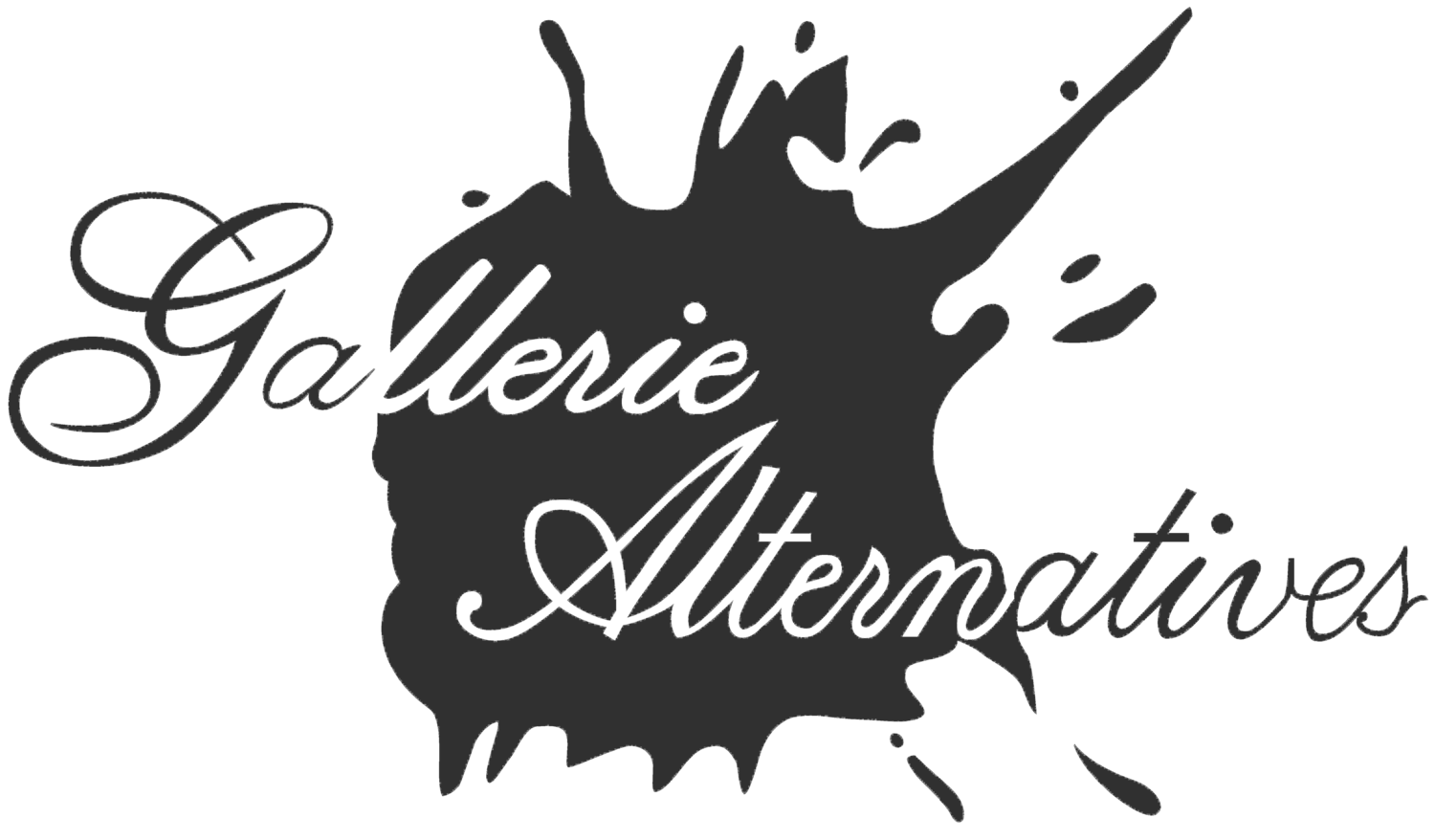Abanindranath Tagore
Leader of the Revivalist Movement in the field of Modern Indian Painting in Bengal, Abanindranath Tagore is also credited with a key contribution towards ushering in the renaissance in Indian painting.
Born on 7th August, 1871, at Jorasanko, at the family residence of the aristocratic Tagores, Abanindranath grew up in a family environment of multi-hued creativity, as the Tagores culturally spearheaded Calcutta in those days.
He was educated at Sanskrit College, Calcutta and took his painting lessons from British and Italian instructors on a private basis. As a young man Abanindranath came under the influence of Signor O. Gilhardi, Principal of the Calcutta School of Art and another acclaimed artist, Charles Palmer. He quickly matured as a painter, absorbing ideas and developing his own oeuvre. Abanindranath’s talent with the brush and his unorthodox teaching methods earned him a repute at the Government College of Art at Calcutta, where he joined as the vice-principal under Dr. E.B.Havell. Havell himself was enamoured with the richness of India’s artistic tradition and pioneered the rejection of the rigours of learning European art in Indian art schools. He strongly favoured Indian art that would spring from deep-seated national sentiment. Havell was instrumental in freeing Abanindranath from European influences and drawing his attention to Moghul and Rajput styles. His later works show some of these influences.
Abanindranath’s paintings were exhibited in London and Paris in 1913, followed by another international exhibition in Japan in 1919. His works were admired by Rodin and Rothenstein. The largest number of paintings by Abanindranath- over 500 – forms a part of Rabindra Bharati Society’s collection at Jorasanko, Calcutta. His works are declared as National Art Treasures. Abanindranath’s inner urge for liberating Indian art was further inspired by Okakura, a great Japanese artist and art-critic who came to India with Swami Vivekananda. Okakura was of the opinion that the spirit of a nation expresses itself in its art, and that from the point of view of art, all Asia is one. Later, Abanindranath studied Japanese art under the guidance of two other Japanese artists, Yokoyama Taikoan and Hilsida, who were sent to India by Okakura himself.
During his stint at the Government College of Art, Calcutta between 1505 and 1515, Abanindranath made several radical changes. He replaced the European paintings on the school walls with Mogul and Rajput paintings. He started a department of fine arts and invited well-known artists from all over India and made it possible for the students to meet them. He made arts like stencil cutting and origami compulsory for all students. Outside his responsibilities as a teacher, Abanindranath also revived the afflicted handloom industry in Jessore and Pabna by acquiring them and commissioning the weavers to produce cloth for his family.
In 1907, Tagore established the Indian School of Oriental Art and founded ‘The Bengal School’, which was responsible in pioneering the Bengal Revivalist movement. Under his guidance, a new generation of painters was raised, like Nandalal Bose, Asit Halder, Kshitindranath Majumder and Jamini Roy, S.N.Gupta and a host of others. Nandalal Bose (1882-1966), one of his most outstanding students, revived the study and practice of art in India, later in life.
In his own way, Abanindranath also contributed to the Freedom struggle. Money was raised for the National Fund by singing processions who carried his painting, Bharat Mata, made into a flag. He also contributed handloom cloth from Jessore and Pabna to the Swadeshi store.
Abanindranath Tagore, regarded as the father of India’s modern art, died in 1951.
Exhibition Highlights
∼ Calcutta Government College of Art exhibition 1900.
∼ Indian School of Oriental Art, Calcutta 1908. Crystal Palace, London 1911.
∼ The 22nd exhibition of the Societe des Peintres Orientalistes Francais, Grand Palais, Paris travelling to Belgium, The Netherlands & Imperial Institute, England 1914.
∼ Travelling Exhibition organized by the Indian School of Oriental Art and the American Federation of Art 1924.
∼ Athene Gallery, Geneva, Switzerland 1928.
